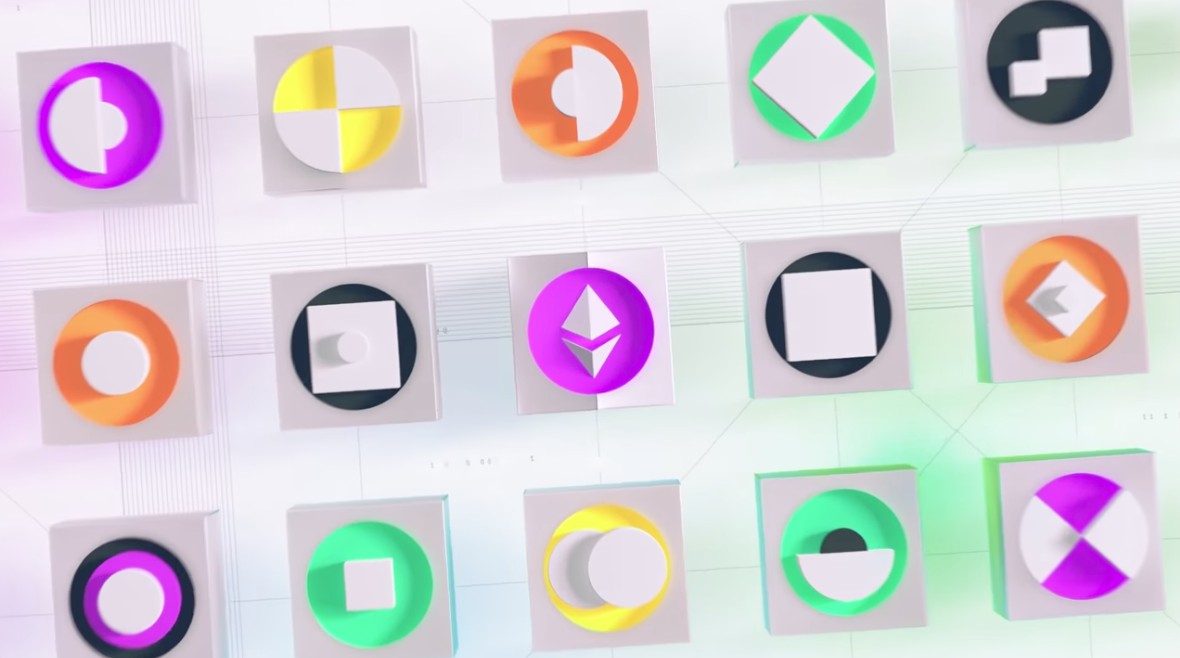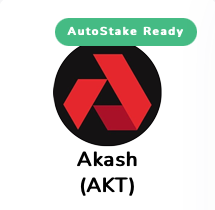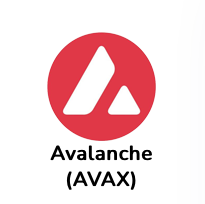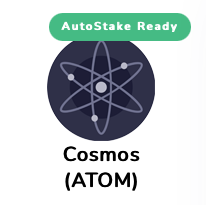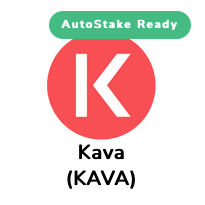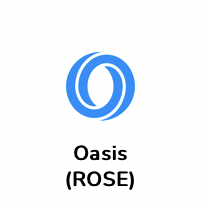Learn More About Solana
What is Solana (SOL), and what is it used for?
SOL is the token that powers Solana’s Proof-of-Stake and Proof-of-History blockchain. Some of the main uses for SOL include staking and paying transaction fees that fuel smart contracts. The protocol was named after Solana Beach, California, a town just north of San Diego, where the founders surfed before they created Solana.
What are the current use cases of Solana?
Solana is best equipped to deal with use cases across data storage, powering high-speed transactions, and running computation. However, it is most famously used for non-fungible tokens (NFTs), NFT marketplaces, and blockchain gaming.
What are the risks of staking Solana?
Like many blockchain protocols, the consensus mechanism used by Solana includes a slashing mechanism whereby any validator that misses too many blocks or double signs a block is penalized by the network, slashing the staked amount on that validator.

